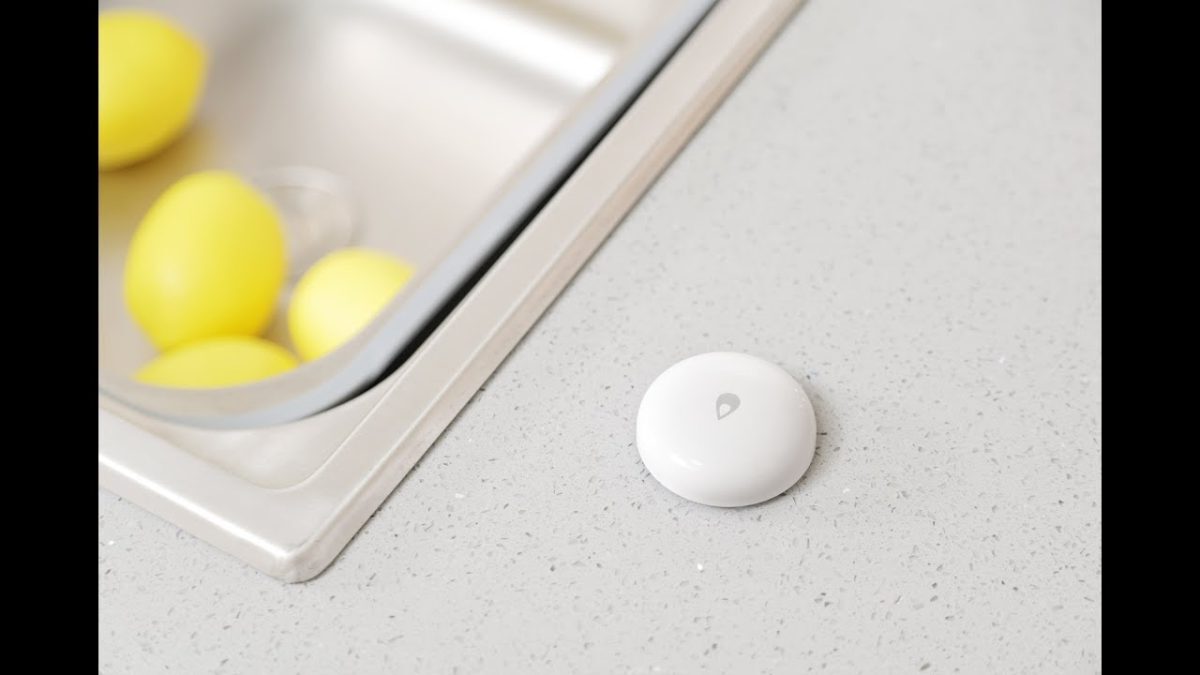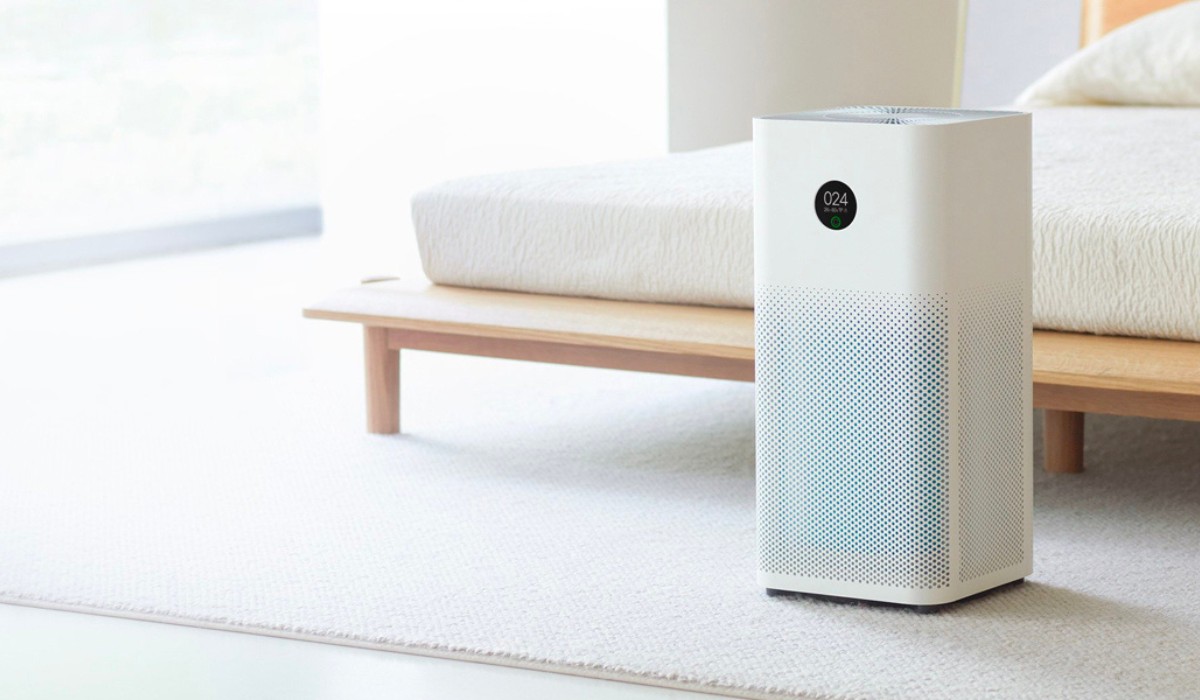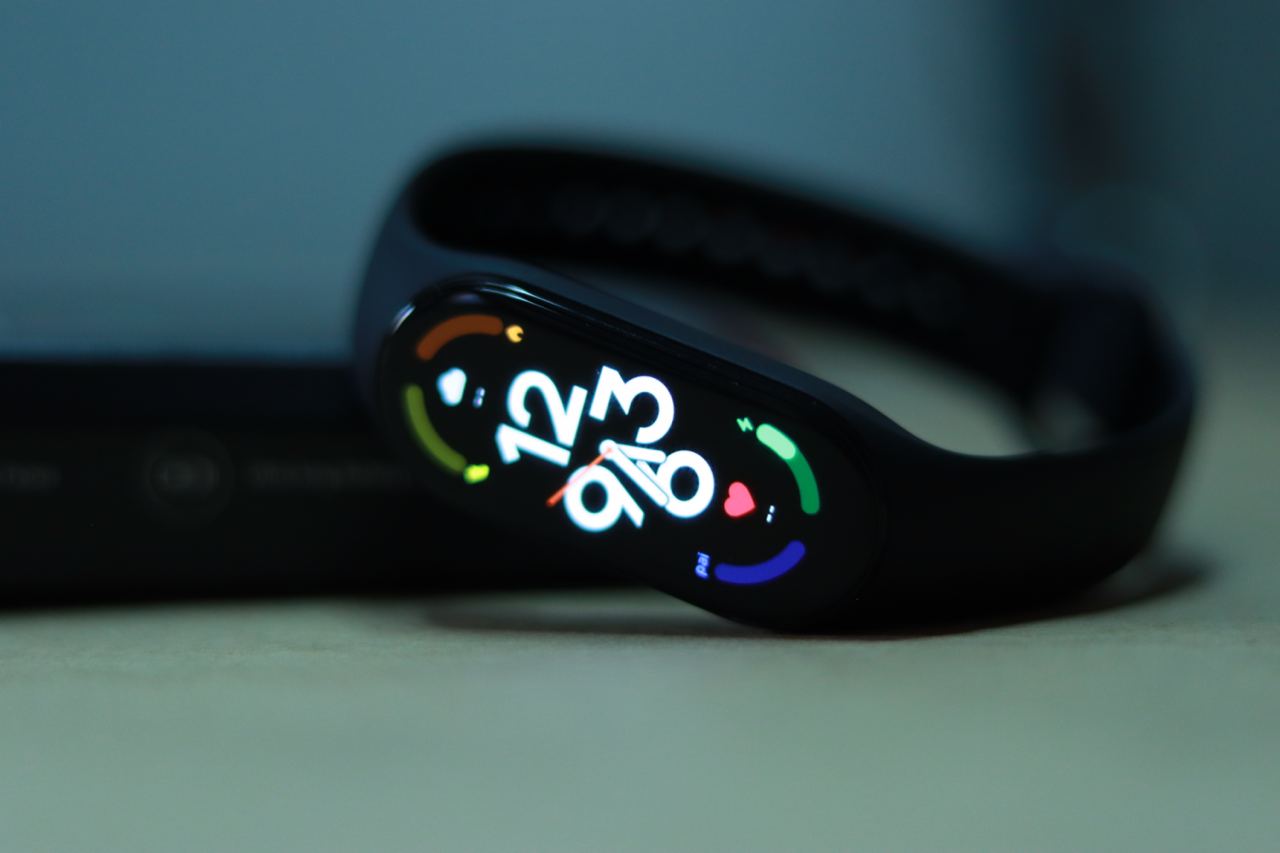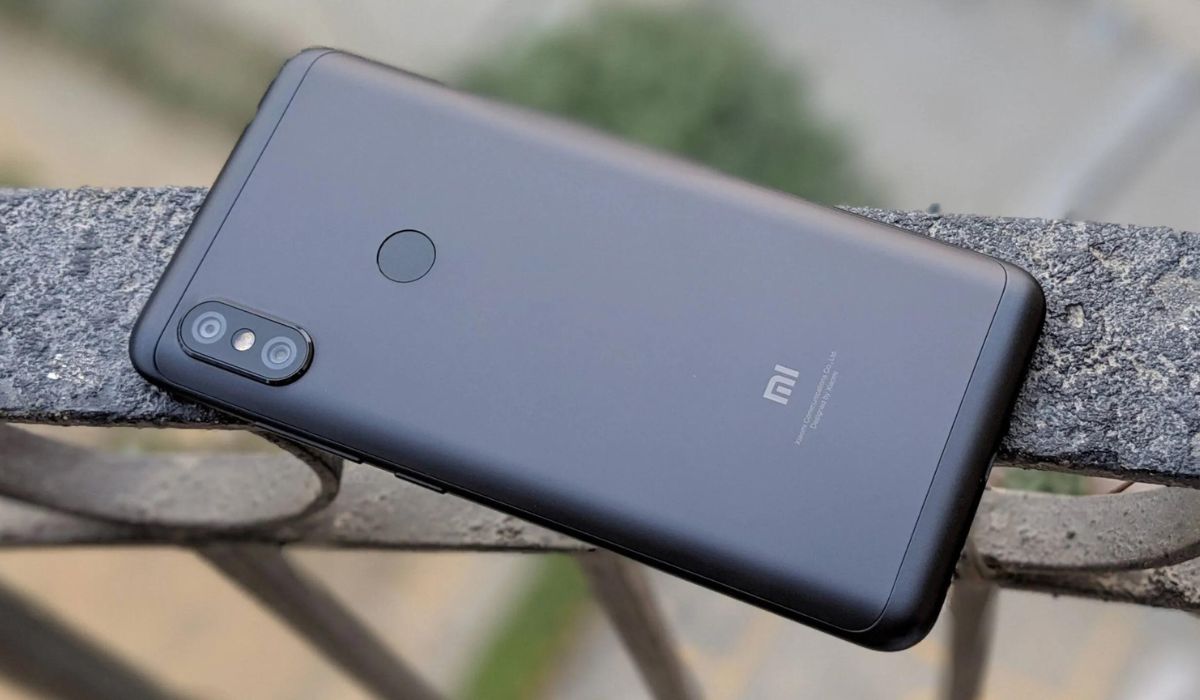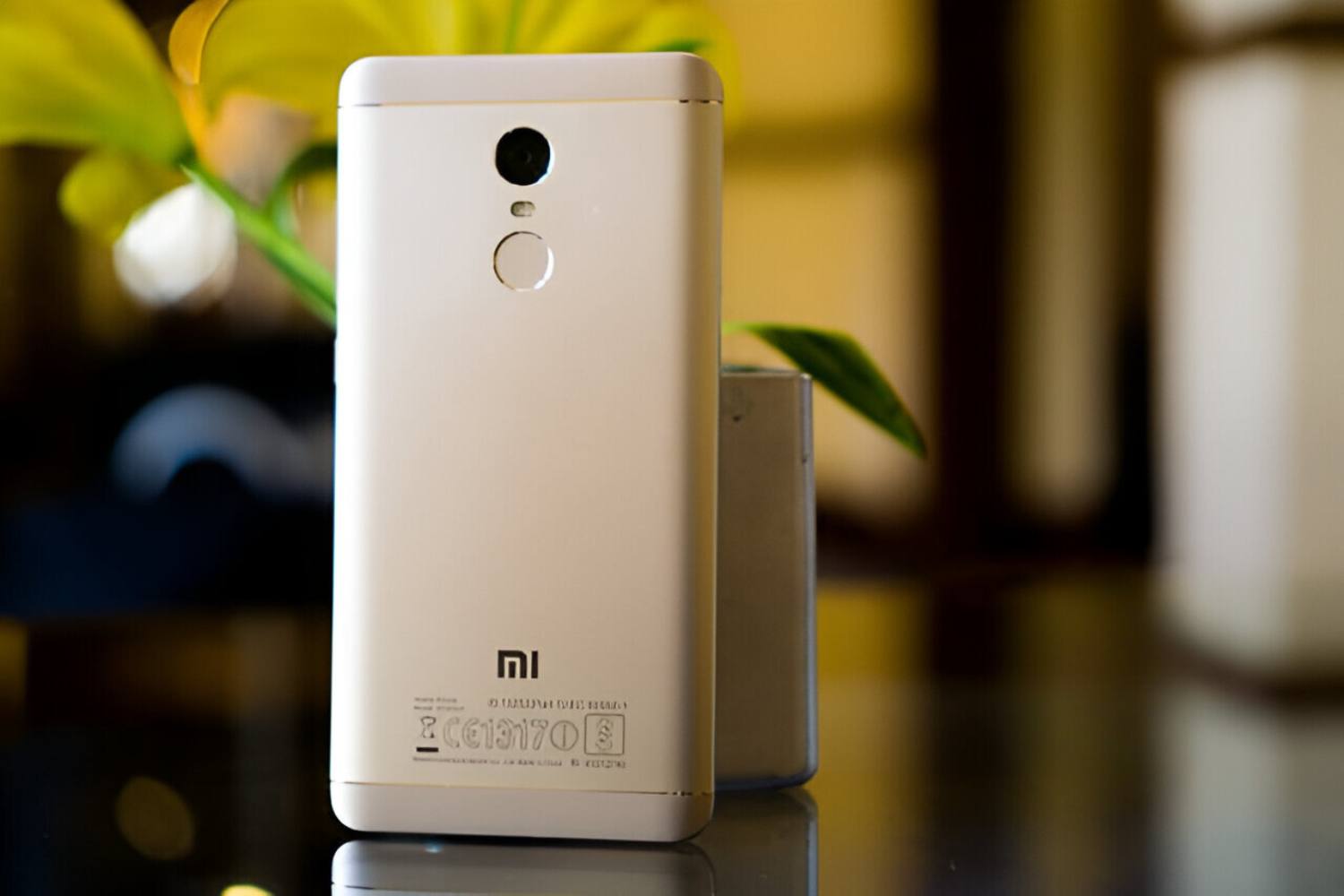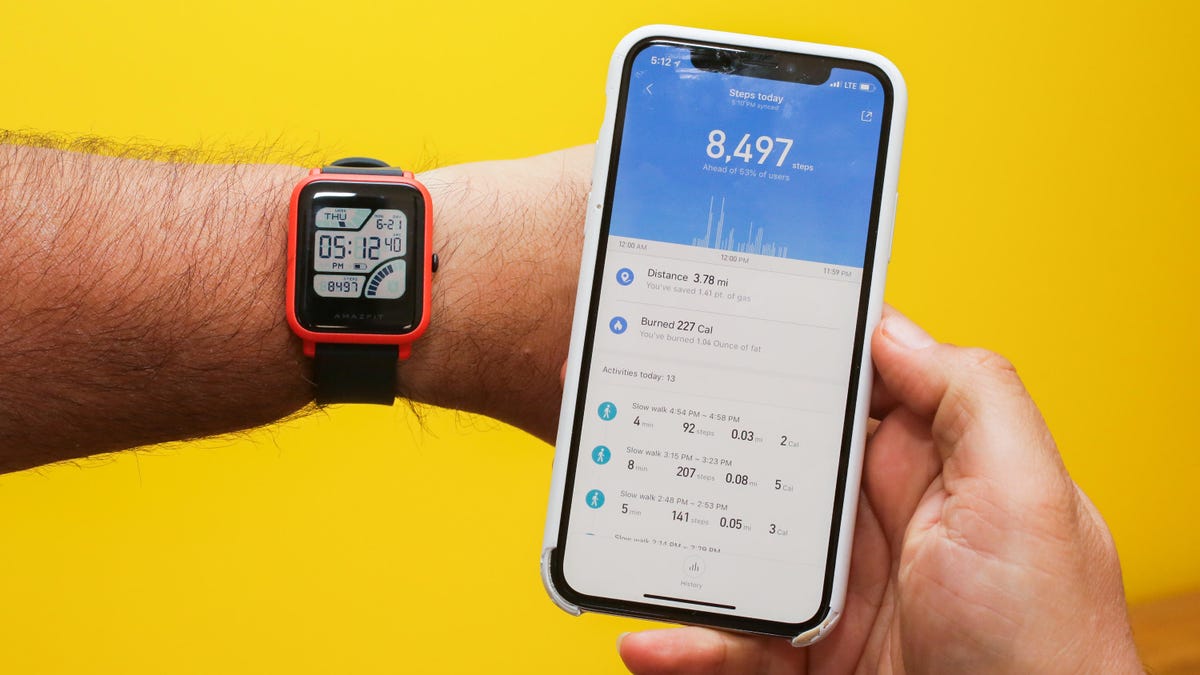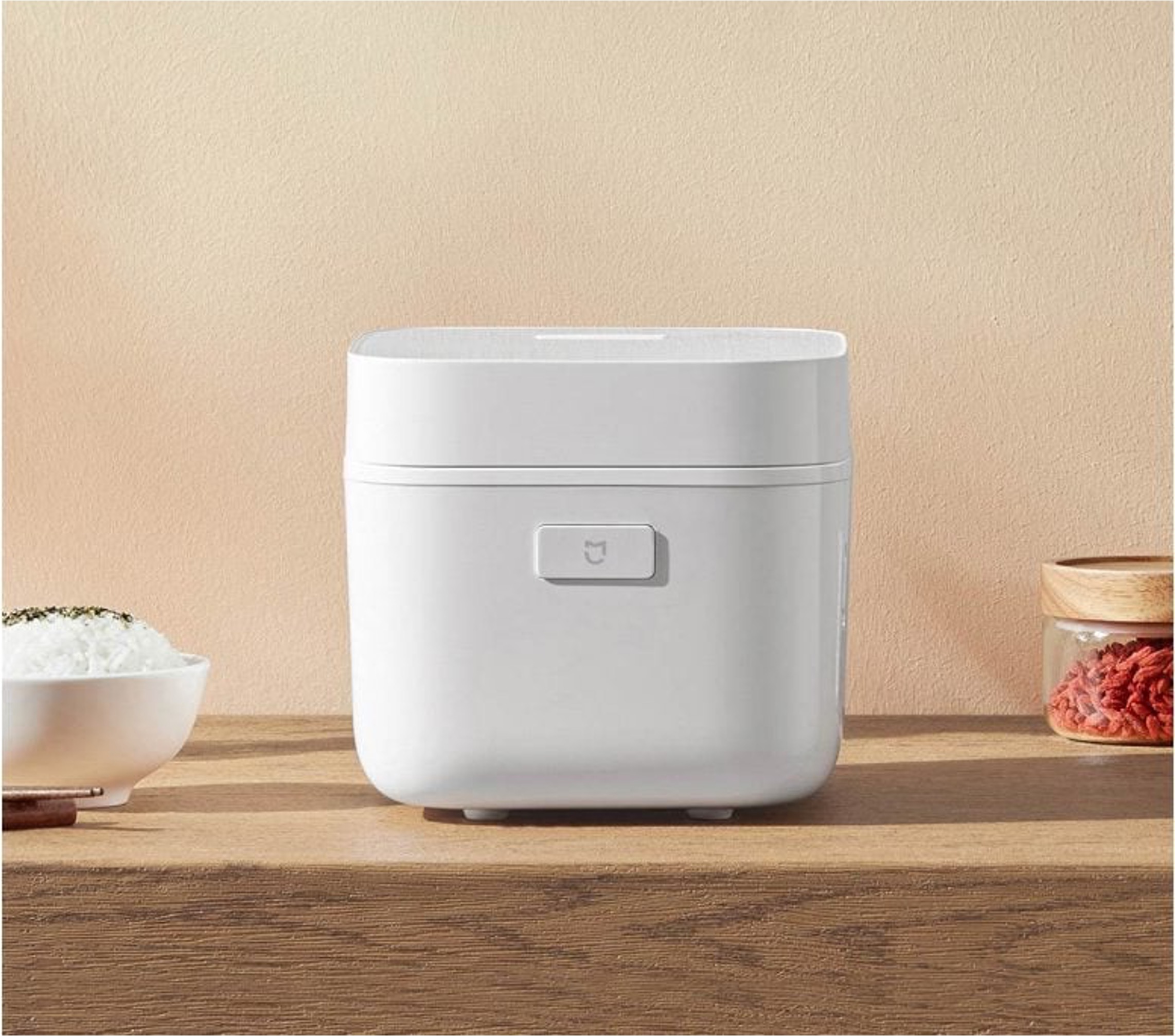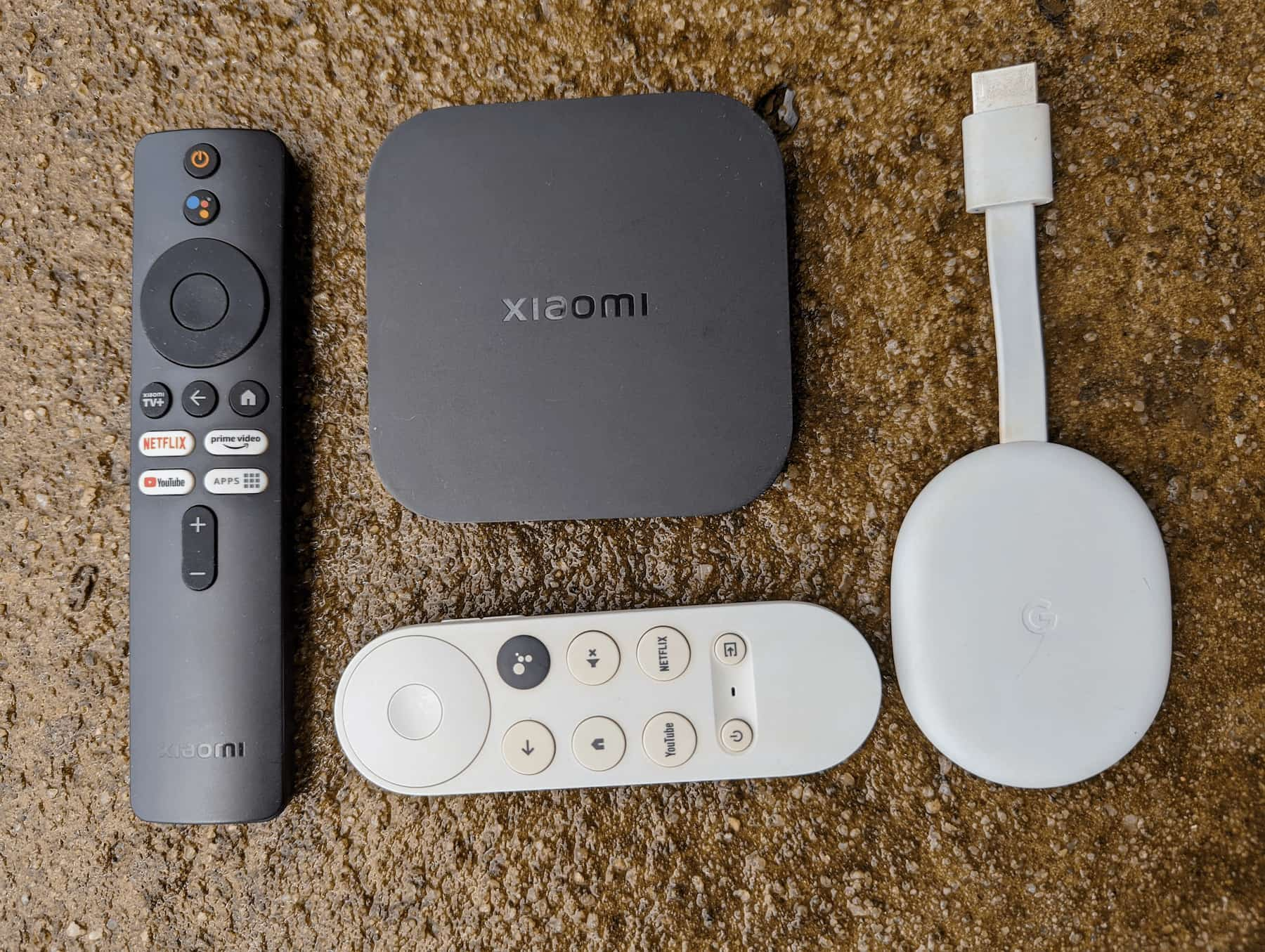Introduction
Xiaomi water sensors are invaluable devices designed to detect water leaks and prevent potential water damage in homes and businesses. These compact and innovative gadgets offer peace of mind by promptly alerting users to the presence of water, allowing them to take swift action and mitigate potential damage. However, like any electronic device, Xiaomi water sensors may encounter issues that require troubleshooting and, in some cases, a complete reset to restore optimal functionality.
In this comprehensive guide, we will delve into the common issues that users may encounter with Xiaomi water sensors, providing step-by-step troubleshooting techniques to address these issues effectively. Additionally, we will explore the process of resetting a Xiaomi water sensor, offering valuable insights to ensure a seamless reset procedure.
By the end of this guide, you will be equipped with the knowledge and practical know-how to troubleshoot and reset your Xiaomi water sensor with confidence, allowing you to harness the full potential of this essential device in safeguarding your property against water damage. Let's embark on this insightful journey to enhance your understanding and mastery of Xiaomi water sensor troubleshooting and resetting.
Common Issues with Xiaomi Water Sensor
Xiaomi water sensors are designed to provide reliable and proactive water leak detection, but like any electronic device, they may encounter common issues that can hinder their performance. Understanding these issues is crucial for effectively troubleshooting and maintaining the optimal functionality of the water sensor. Here are some common issues that users may encounter:
-
False Alarms: One of the most prevalent issues with Xiaomi water sensors is false alarms. These occur when the sensor erroneously detects water presence, triggering an unnecessary alert. False alarms can be caused by factors such as condensation, high humidity, or accidental splashes. Addressing false alarms is essential to prevent unnecessary disruptions and ensure the sensor's reliability.
-
Connection Problems: Xiaomi water sensors rely on a stable connection to effectively communicate with the associated smart home system or mobile app. Connectivity issues, such as intermittent signal loss or failure to pair with the designated hub, can impede the sensor's responsiveness and compromise its effectiveness in detecting water leaks.
-
Battery Drain: Another common issue is rapid battery drain. Xiaomi water sensors are typically powered by batteries, and excessive power consumption can lead to frequent battery replacements, disrupting the seamless operation of the device. Identifying and resolving the underlying causes of battery drain is essential for maintaining uninterrupted functionality.
-
Sensor Calibration: Inaccurate sensor calibration can lead to unreliable detection of water leaks. Calibration issues may result in delayed or missed alerts, posing a potential risk of water damage that the sensor is intended to prevent. Ensuring precise sensor calibration is crucial for the sensor to fulfill its intended purpose effectively.
-
Environmental Interference: Environmental factors, such as electromagnetic interference or placement near electronic appliances, can impact the sensor's performance. These interferences may lead to erratic behavior or compromised signal transmission, necessitating strategic placement and environmental considerations.
Understanding these common issues with Xiaomi water sensors empowers users to proactively address potential challenges and maintain the optimal functionality of these essential devices. In the following sections, we will explore effective troubleshooting techniques and the process of resetting the Xiaomi water sensor to overcome these issues and ensure reliable water leak detection.
Troubleshooting Steps
Troubleshooting Xiaomi water sensor issues requires a systematic approach to identify and address the underlying causes effectively. By following these step-by-step troubleshooting techniques, users can navigate common issues and restore the optimal functionality of their water sensors.
-
Check Sensor Placement: Begin by assessing the placement of the Xiaomi water sensor. Ensure that it is positioned in a strategic location where it can effectively detect water leaks without being exposed to environmental interferences. Reposition the sensor if necessary to optimize its performance.
-
Inspect Battery Status: Verify the battery status of the water sensor. If experiencing rapid battery drain, consider replacing the batteries with fresh ones. Additionally, ensure that the battery compartment is clean and free from any corrosion that may impede proper electrical contact.
-
Evaluate Connectivity: Assess the connectivity of the water sensor with the designated hub or smart home system. Verify that the sensor is within the range of the hub and that there are no obstructions hindering the signal transmission. Re-pair the sensor with the hub if connectivity issues persist.
-
Calibration Verification: Check the calibration of the water sensor to ensure accurate detection of water leaks. Follow the manufacturer's guidelines to recalibrate the sensor if needed, ensuring precise and reliable operation.
-
Address False Alarms: If the sensor is triggering false alarms, investigate the root cause, such as condensation or high humidity. Adjust the sensor's sensitivity settings if possible, and consider environmental factors that may contribute to false alarms.
-
Firmware Update: Ensure that the water sensor's firmware is up to date. Check for available firmware updates through the manufacturer's official channels and perform the update if necessary, as updated firmware may address known issues and enhance overall performance.
-
Environmental Considerations: Evaluate the immediate surroundings of the water sensor for potential environmental interferences. Avoid placing the sensor near electronic appliances or sources of electromagnetic interference to minimize signal disruptions.
By methodically addressing these troubleshooting steps, users can effectively diagnose and resolve common issues with Xiaomi water sensors, ensuring reliable water leak detection and proactive protection against potential water damage. If the troubleshooting steps do not resolve the issues, the next course of action involves resetting the Xiaomi water sensor to restore its functionality, as detailed in the following section.
Resetting Xiaomi Water Sensor
Resetting a Xiaomi water sensor can serve as a crucial step in addressing persistent issues and restoring the device to its optimal functionality. This process effectively clears any lingering errors or inconsistencies, providing a fresh start for the sensor to operate seamlessly. Here's a detailed guide on how to reset a Xiaomi water sensor:
-
Power Off the Sensor: Begin by powering off the Xiaomi water sensor. Depending on the model, this may involve removing the battery or following specific instructions provided by the manufacturer to initiate the power-off sequence.
-
Wait for Discharge: Once the sensor is powered off, allow a brief period for any residual charge or stored data to dissipate. This step ensures that the sensor is completely reset and ready for the next phase of the reset process.
-
Reset Sequence: After the waiting period, initiate the reset sequence as per the manufacturer's guidelines. This may involve pressing specific buttons or following a prescribed sequence of actions to trigger the reset process. Refer to the user manual or online resources for detailed instructions tailored to the specific model of the Xiaomi water sensor.
-
Confirmation of Reset: Upon completing the reset sequence, verify that the sensor has been successfully reset. This can be indicated by specific LED patterns, audible cues, or visual indicators that signal the completion of the reset process.
-
Reconfiguration: Following the reset, reconfigure the Xiaomi water sensor according to the initial setup process. This may involve re-pairing the sensor with the designated hub or smart home system, adjusting sensitivity settings, and ensuring that the sensor is positioned optimally for effective water leak detection.
-
Testing and Validation: Once the sensor has been reset and reconfigured, conduct thorough testing to validate its functionality. Trigger simulated water leak scenarios to ensure that the sensor accurately detects and communicates the presence of water as intended.
By following these detailed steps, users can effectively reset their Xiaomi water sensors, providing a fresh start for the device to operate reliably and deliver proactive water leak detection. The reset process serves as a valuable troubleshooting tool, offering a systematic approach to address persistent issues and maintain the optimal performance of the water sensor.
This comprehensive guide equips users with the knowledge and practical insights to navigate the reset process with confidence, ensuring that their Xiaomi water sensor remains a dependable safeguard against potential water damage in homes and businesses.
Conclusion
In conclusion, the Xiaomi water sensor stands as a vital component in safeguarding homes and businesses against the detrimental effects of water damage. By promptly detecting water leaks and alerting users to potential threats, these innovative devices offer peace of mind and proactive protection. However, as with any electronic device, encountering common issues such as false alarms, connectivity problems, battery drain, sensor calibration issues, and environmental interferences can hinder the optimal functionality of the water sensor.
Through the systematic troubleshooting steps outlined in this guide, users can effectively address these issues and ensure the reliable operation of their Xiaomi water sensors. By evaluating sensor placement, inspecting battery status, assessing connectivity, verifying calibration, addressing false alarms, performing firmware updates, and considering environmental factors, users can navigate common challenges and maintain the effectiveness of their water sensors.
Furthermore, the process of resetting a Xiaomi water sensor serves as a valuable tool in addressing persistent issues and restoring the device to its optimal functionality. By following the detailed reset procedure, users can clear any lingering errors or inconsistencies, providing a fresh start for the sensor to operate seamlessly. The reset process, coupled with thorough testing and reconfiguration, ensures that the water sensor remains a dependable safeguard against potential water damage.
In essence, this comprehensive guide empowers users with the knowledge and practical insights to troubleshoot and reset their Xiaomi water sensors with confidence. By understanding the common issues, implementing effective troubleshooting techniques, and navigating the reset process, users can harness the full potential of their water sensors in mitigating the risks associated with water leaks.
As technology continues to evolve, Xiaomi water sensors remain at the forefront of proactive home and business protection, offering a seamless blend of innovation and reliability. By staying informed and equipped with the necessary troubleshooting skills, users can maximize the benefits of their Xiaomi water sensors, reinforcing their defense against water-related incidents and enhancing overall peace of mind.
In the ever-changing landscape of smart home technology, the Xiaomi water sensor stands as a testament to the proactive measures that empower users to protect their properties and loved ones. With a clear understanding of troubleshooting and resetting techniques, users can continue to rely on their Xiaomi water sensors as indispensable guardians against the potential ravages of water damage.







